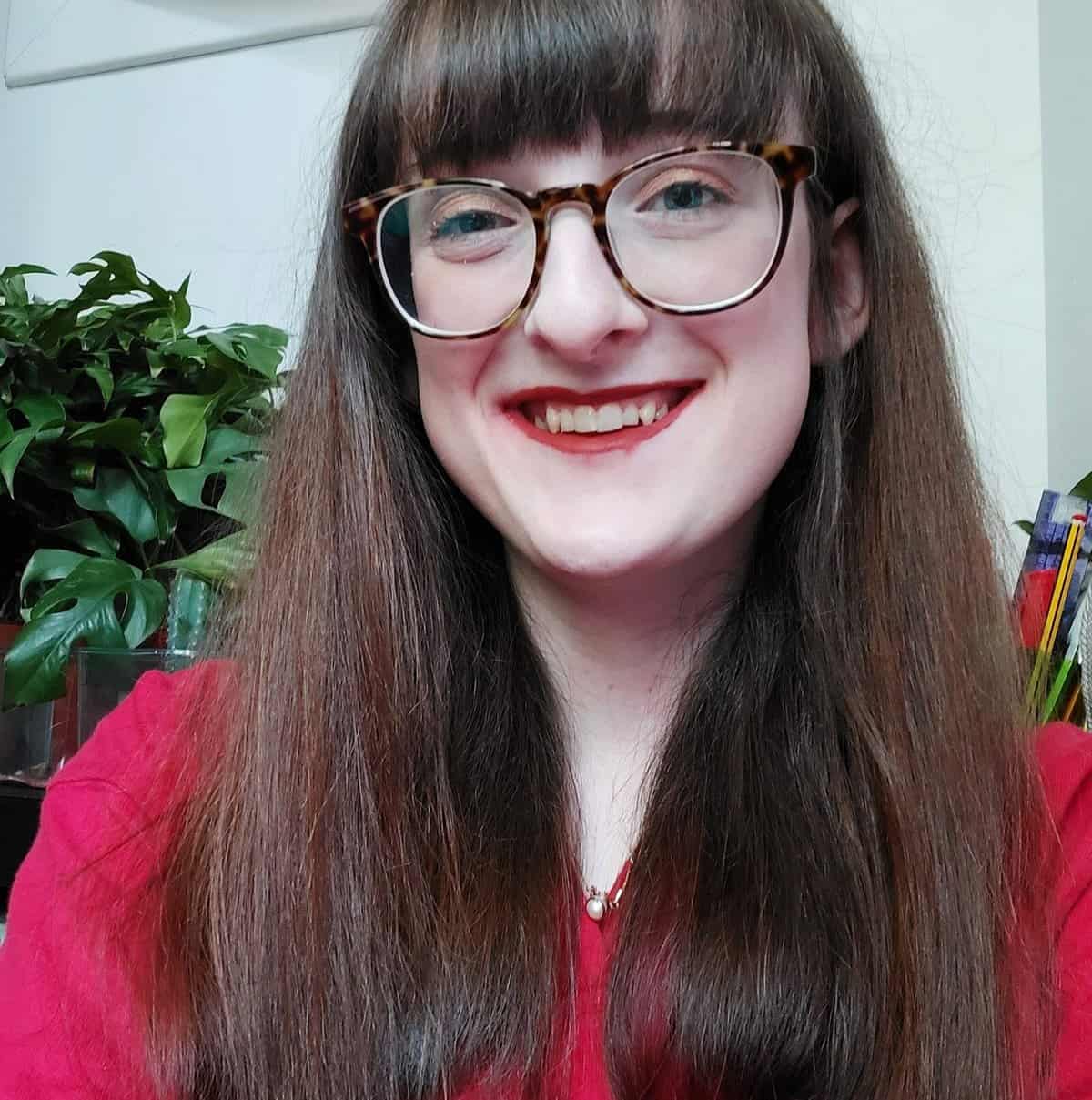│By Chloe Ann Hooper, Gale Ambassador at the University of Glasgow│
Although what inspired me to enrol in an English Literature degree course was my love of reading, throughout my undergraduate studies I found that, after spending hours a day making my way through reading lists, the last thing I wanted to do was pick up another book! Having since spoken to friends who studied the same course as me, I’ve found out that I wasn’t the only one who had felt this way – it actually seems to have been a fairly common experience. I didn’t realise that at the time, however, and thought that I was a fraud for passing the course while not acting like a stereotypical “reader”.
What took my friends and I a long time to realise is that reading a book to study it in class is a very different experience to reading a book for fun. Even after graduation, getting back to reading what you love can be a long and frustrating process which is why I decided to put this blog post together. Chances are that you’re not going to be reading a lot of action-packed mystery novels or YA romance/adventure books while at university, but after exploring Gale’s literature resources I found a few tools that students can use to stay inspired by and engaged with the written word.
Disliking a Classic is Not a Crime!
Even while reading the greatest and most beloved pieces of literature ever published – works written by the most canonical of authors – you might find yourself going stir-crazy. But it’s not a crime against humanity to dislike a classic! In fact, whilst reading a biographical essay on Lord Byron written in 1914 that I located in Gale Literature: LitFinder, I found it quite entertaining that the famous poet seemed to agree. “It is a most remarkable phenomenon” wrote the critic Grillparzer, “that Lord Byron, the second greatest English poet, showed so little appreciation of Shakespeare, the greatest”.
Context Enriches the Reading Experience
Byron’s poetry can easily be enjoyed based on its own merit, but what makes his writing more interesting to read is knowing the scandalous and daring adventures the poet experienced while putting pen to parchment. Thus, whilst reading up on your favourite authors might at first sound a lot like homework, the way this enables you to appreciate the context behind your favourite plays, poems and novels can really spark that extra level of excitement, nostalgia, love, or even anger when reading what’s on the page.
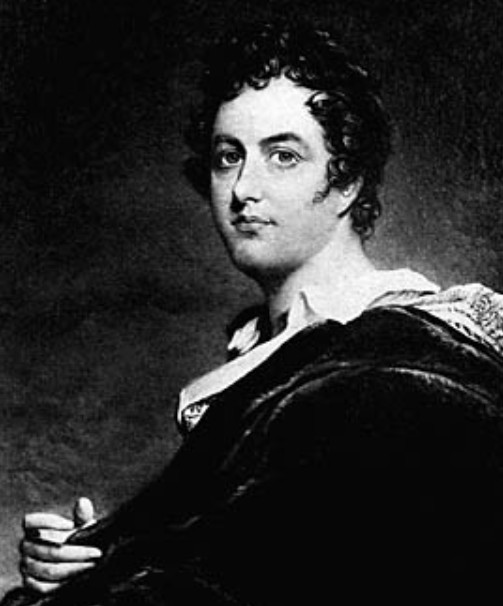
Indeed, Robert Burns’ A Poets Welcome To His Love Begotten Daughter made me melt inside the first time I read it, and it became my favourite poem. But the more invested I became in its history, the more I learned about the hypocrisy of Burn’s words which differed so strongly from his actions.
Surprising Discoveries and New Perspectives
When digging through the archives, you never know what you’re going to find, or when and where something interesting is going to pop up. You never expect to find out that respected children’s author Dr. Seuss’s full name is actually Theodor Seuss Geisel or that just before VE day in 1945 the author wrote a short film for the United States Army titled Your Job in Germany. Known best for writing The Cat in the Hat, Oh the Places You’ll Go, and How the Grinch Stole Christmas, I discovered a long list of Dr. Seuss books that didn’t quite stand the test of time, such as And to Think I Saw It on Mulberry Street.
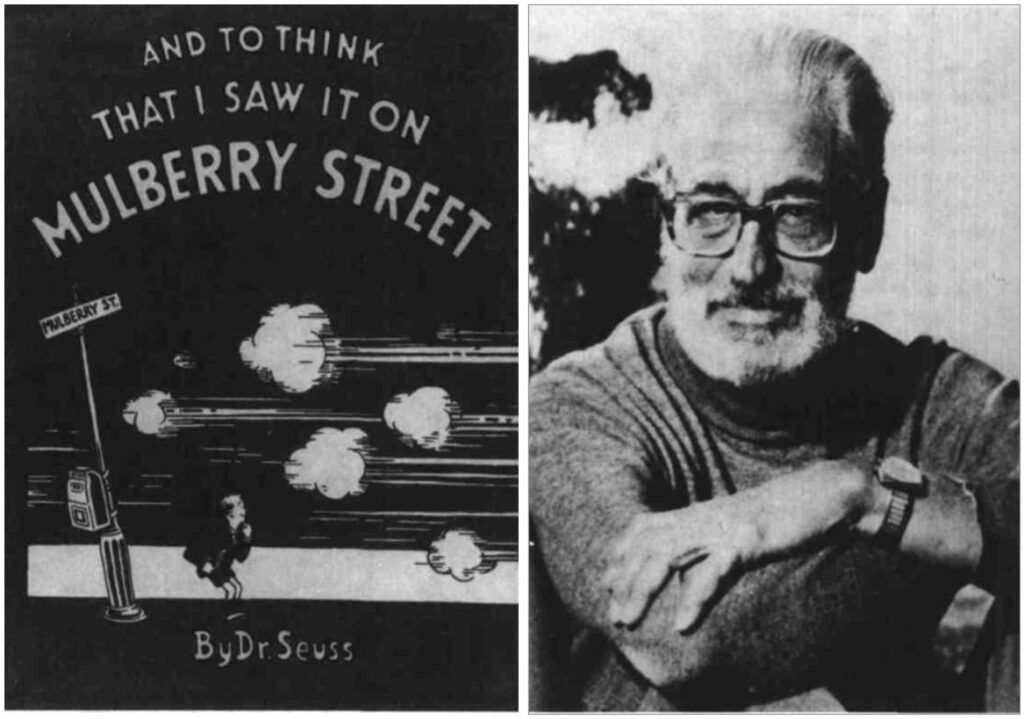
Right: Theodor Seuss Geisel
Both images from the article: Kibler, Myra. “Theodor Seuss Geisel (2 March 1904-)” American Writers for Children Since 1960: Poets, Illustrators, and Nonfiction Authors, edited by Glenn E. Estes, vol. 61, Gale, 1987, pp. 78. Dictionary of Literary Biography Vol. 61. Gale Literature: Dictionary of Literary Biography, https://link.gale.com/apps/doc/MGTXGJ270743065/DLBC?u=glasuni&sid=bookmark-DLBC&xid=5cca28b1&xty=open
Every year the same Dr. Seuss books make their way onto the reading lists of children’s literature courses, but by going the extra mile and digging a little deeper, there are still many discoveries to be made about authors that students think they already know! I’m not the first person to learn about Dr. Seuss’s lesser-known stories or war films, but uncovering new aspects of his writing can be wildly fun, especially if you find something that doesn’t quite align with the whimsical image of the author many fans subscribe to today.
How Did Contemporary Readers Receive Texts Now Considered ‘Classics’?
Similarly, looking back on the Winnie the Pooh characters created by E. H. Shepard and A. A. Milne, it can be refreshing to see the original character illustrations that readers first fell in love with, as opposed to the more modern illustrations found in cinematic adaptations and newer editions of the texts. With the Gale Literature archives, you don’t just get access to a digitised edition of the text, you can also take a step back in time and learn about how contemporary audiences were reacting to texts which are today acknowledged as classic pieces of literature.
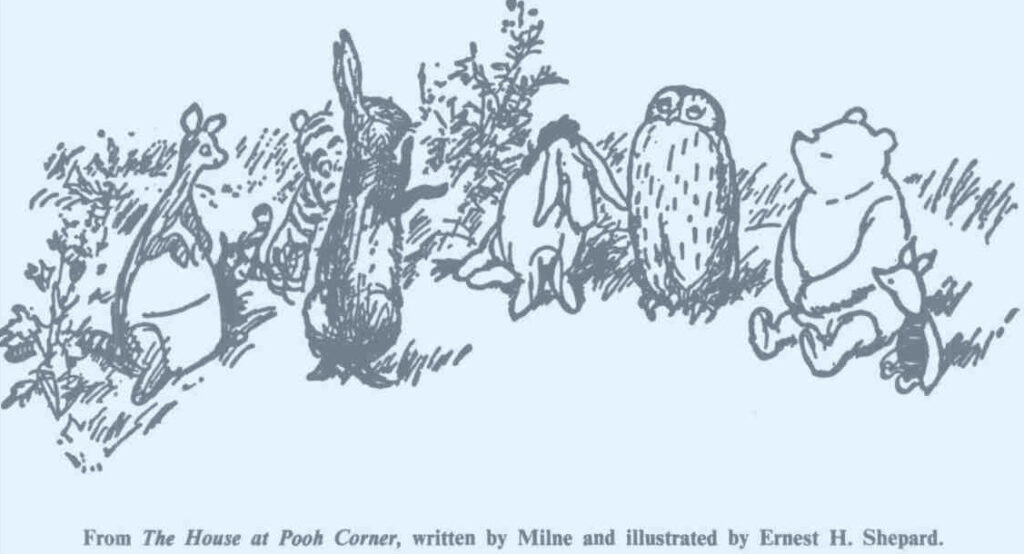
Reception to Literature Can Change Over Time
While the success of From the House at Pooh Corner (1928) cannot be disputed, how an author is acknowledged, and what they are known for, can change drastically over time. Readers today associate A. A. Milne as the author and creator behind the Winnie the Pooh characters, but at the time he was writing, Milne was “celebrated as one of the most gifted and popular poets of childhood for his writing of When We Were Very Young and Now We Are Six”.
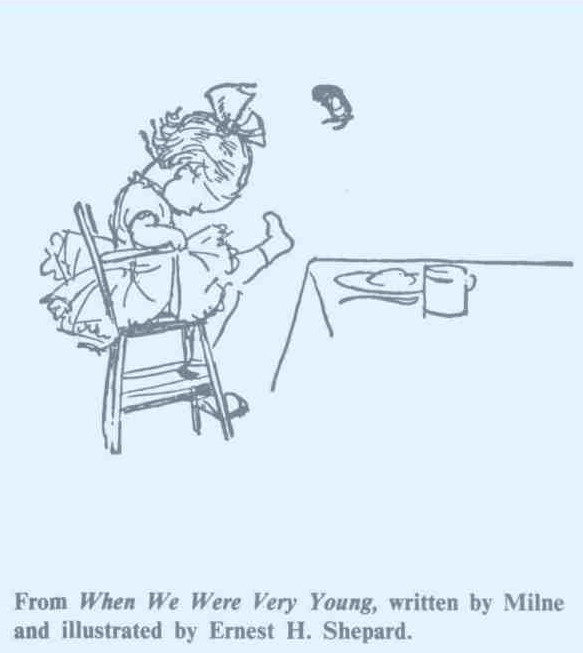
As with From the House at Pooh Corner, When We Were Very Young (1924) and Now We Are Six (1927) were likewise both illustrated by Ernest H. Shepard. Reflecting on the publication of the original Winnie the Pooh stories encourages today’s readers to re-evaluate the success of the children’s tales built by both Shepard and Milne. While most people are familiar with Winnie the Pooh’s many adaptations, not many people today have the luxury of experiencing or understanding the characters via the lens through which they were originally published.
Analysing Current, Popular Literature is Just as Valid
Whilst this lens on historical literature proved fascinating, one of the best resources I’ve discovered through Gale’s platform is the academic journals and critical essays on contemporary and modern pieces of literature. It might not be possible for me to easily switch between study mode and reader mode but at least with the Gale eBooks platform, I can bridge the gap between my academic and personal interests.
To be studying literature doesn’t mean you have to be examining canonical authors, and for it to feel like hard work – you can also be focusing on authors that are new and widely popular today, such as comic book writer Bruce Timm (below). With access to a range of online resources through platforms like Gale Literature, students can shape their education to reflect what aspect of literature they’re most passionate about, making reading exciting and pleasurable again.
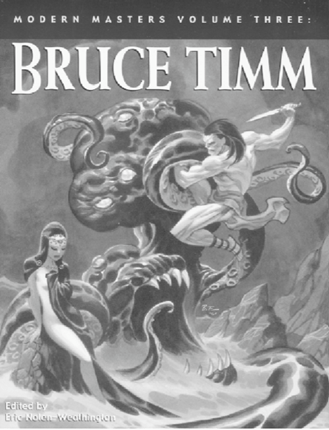
If you enjoyed reading about ways to keep your love of literature alive while studying using Gale Literature and digital archives, check out:
- How can pandemic literature help us reflect on the virus and a post-Covid future?
- What is a monster? Tracking the evolution and reception of monstrosity in literature from the nineteenth century to modern day
- How Might a Creative Writing Student Use Gale Primary Sources When Working With the Horror Genre?
- How Gale Literature Provided Vital Support for My Dissertation
- Exploring Receptions of Classical Literature with The Times Digital Archive and Gale Digital Scholar Lab
- From Grimm to Gothic and Everything In Between: The Evolution of the Horror Genre
- Tracing the Legacy of William Blake with British Literary Manuscripts Online
- Misanthrope or Friend of Man? Revising the Byronic Hero with Gale Primary Sources
Blog post cover image citation: Woman reading a book at library, April 27, 2019. Available on Pixabay.


